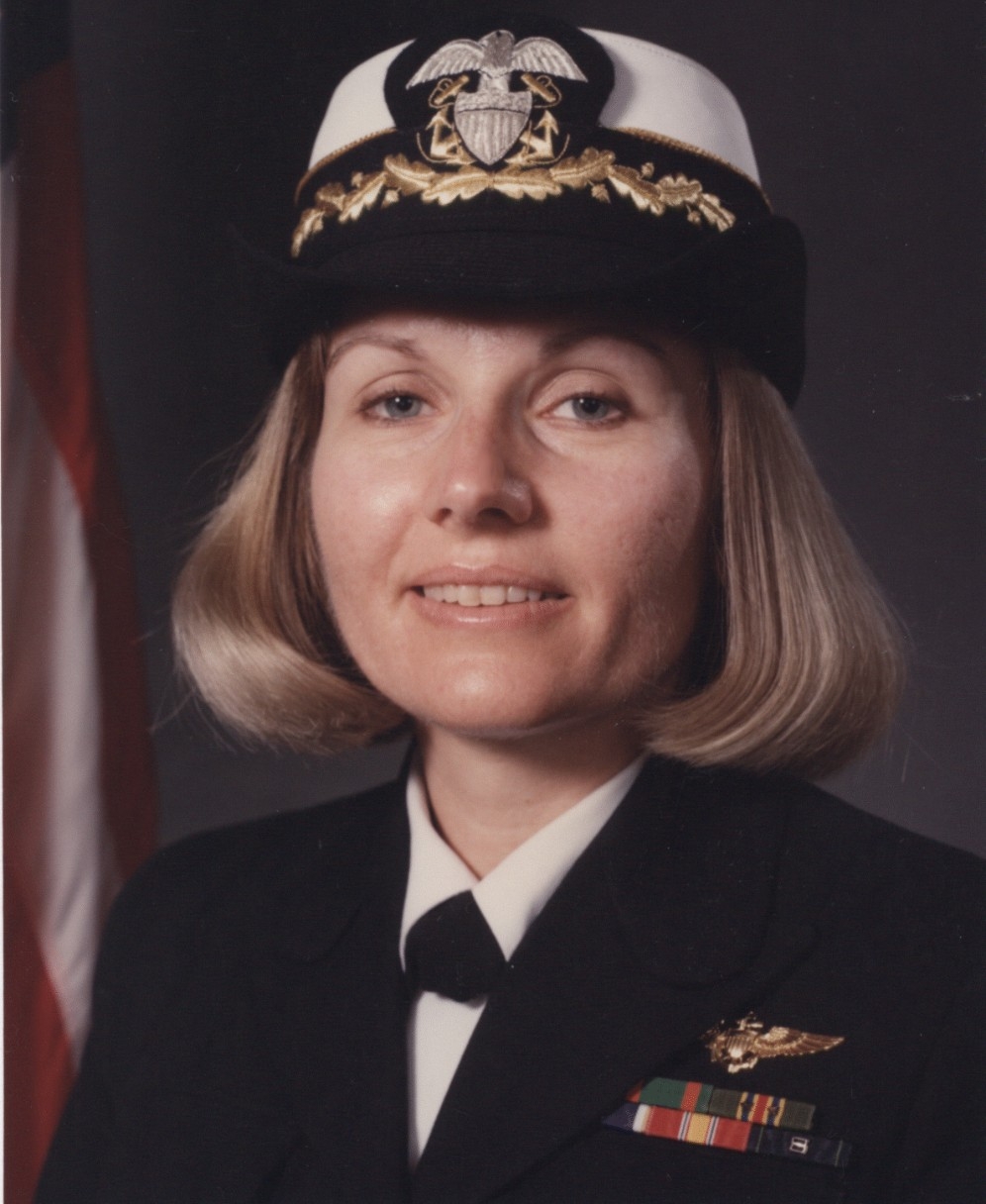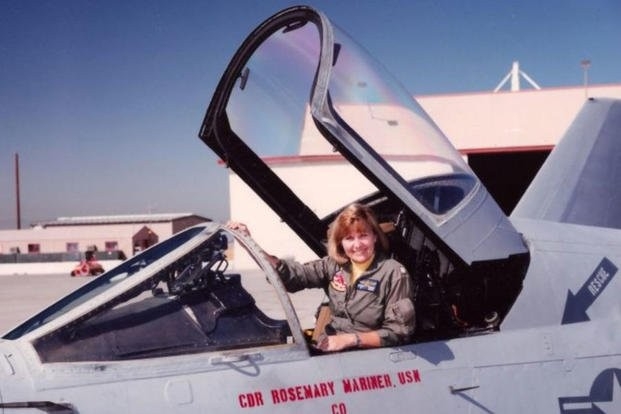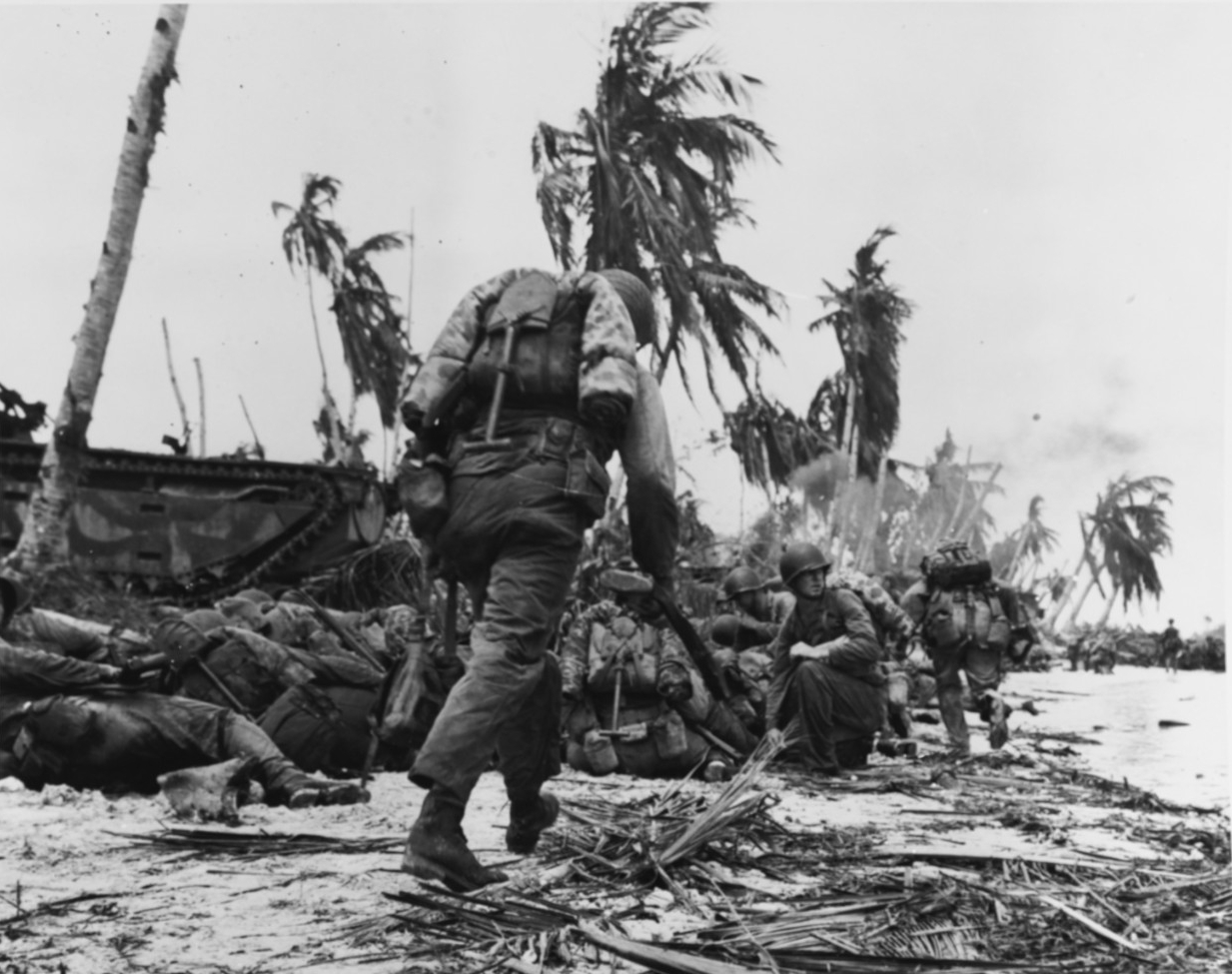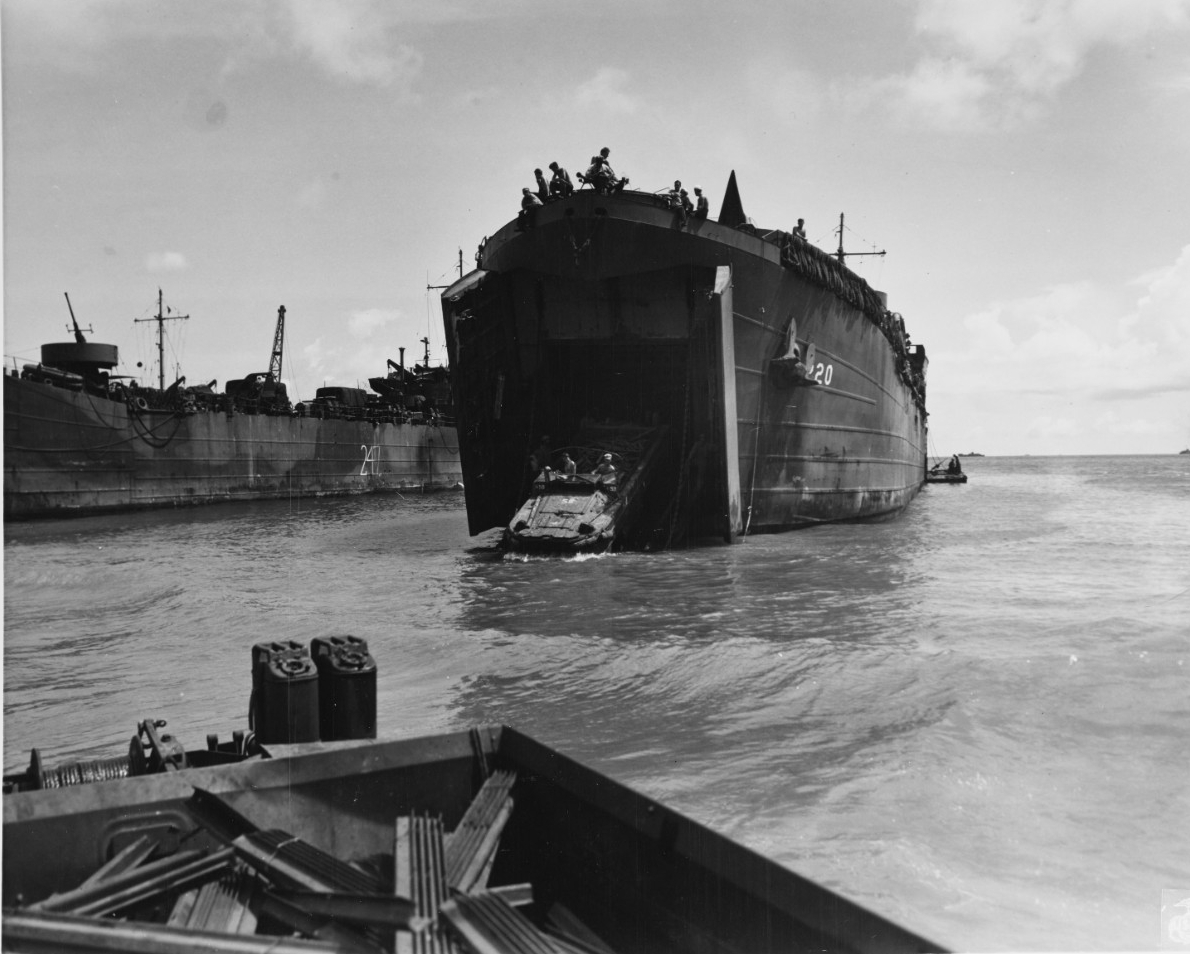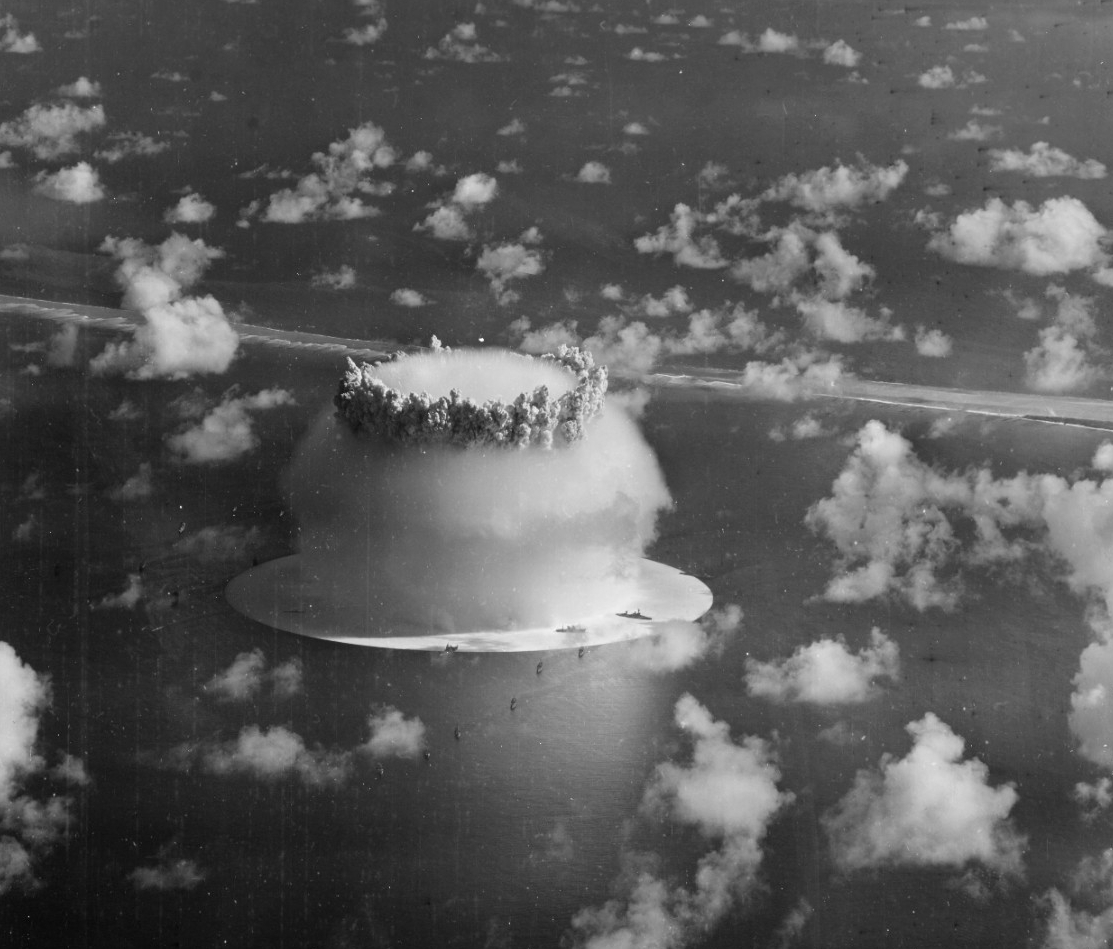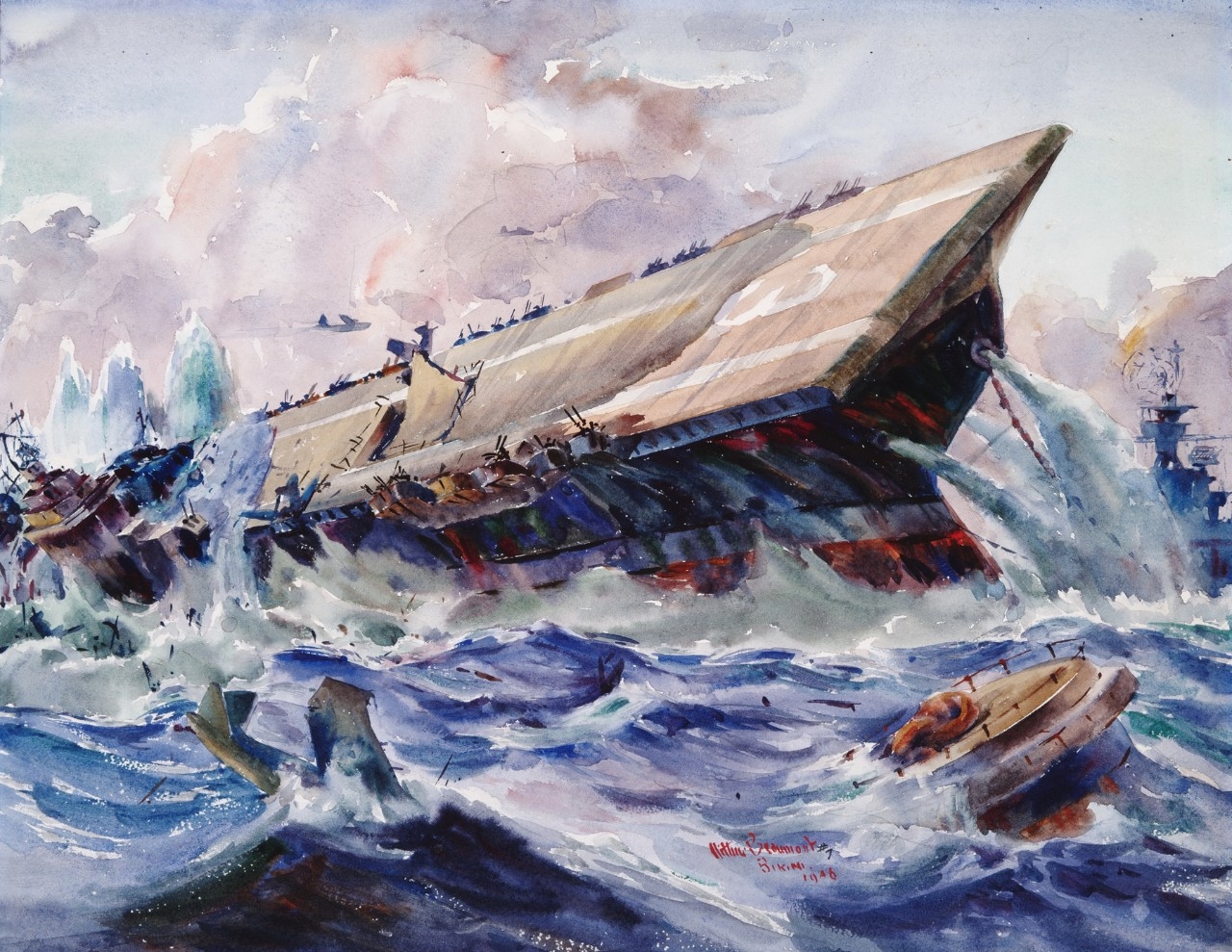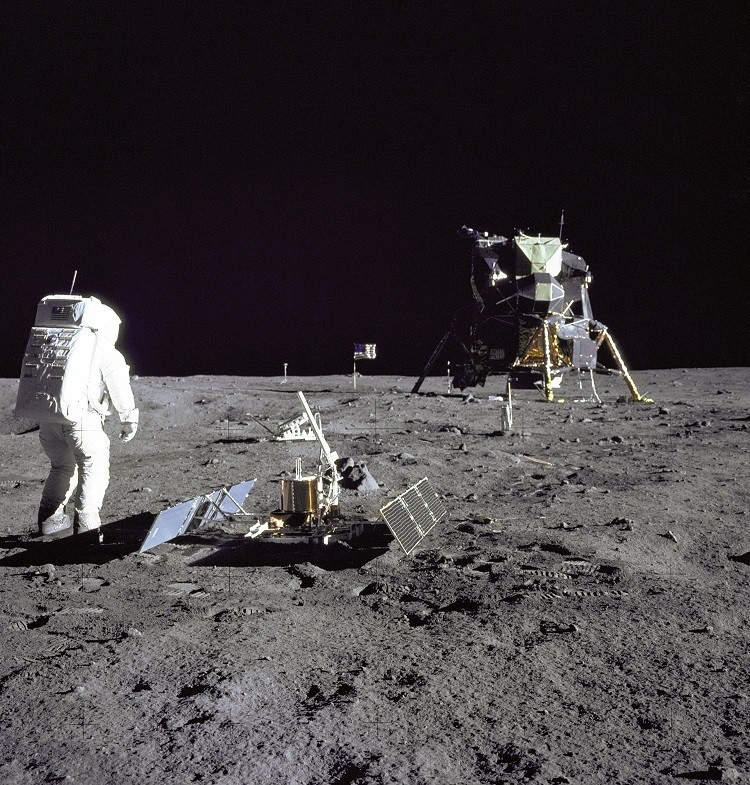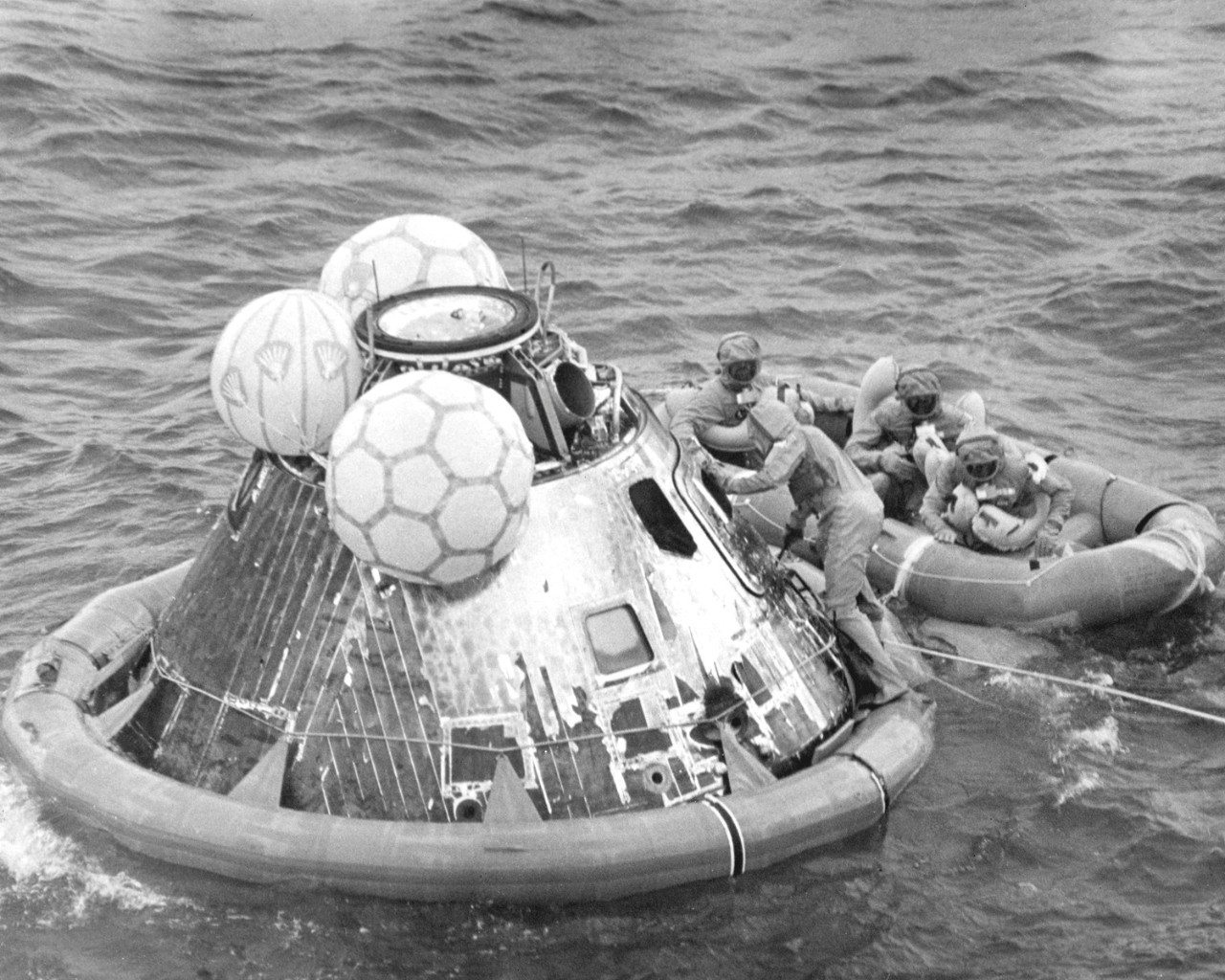Compiled by Brent Hunt, Naval History and Heritage Command’s Communication and Outreach Division
Today in Naval History
On July 12, 1990, Cmdr. Rosemary B. Mariner became the first woman to command an operational aviation squadron, Tactical Electronic Warfare Squadron 34 (VAQ 34), during Operation Desert Shield/Storm. She was also one of the first women to become qualified as a naval aviator and one of the first women to fly light attack aircraft.
Mariner was born in Harlingen, Texas, on April 2, 1953, but was raised in San Diego, California, the daughter of a Navy nurse and an Air Force pilot who tragically died in a plane crash when she was just 3 years old. She graduated from Purdue University at 19 as the first woman to earn a degree in aeronautics. She was already a pilot when she joined the Navy in 1973 as she earned her license when she was just 17 years old. After completing officer candidate school and being selected as part of the first class of women for flight training, she was one of six female aviators to earn her wings in 1974, and became one of the first female Navy jet pilots, flying the A-4C and the A-7E Corsair II. In 1982, she qualified as a surface warfare officer aboard USS Lexington (CV-16). She earned a master’s degree in National Security Strategy at the National War College in Washington, DC, after which she served on the staff of the Joint Chiefs in the Pentagon. Her last assignment before she retired from the Navy was as chairman of the Joint Chief’s Chair in Military Strategy at the National War College. She retired from the Navy in 1997 as a captain after 24 years of service, with more than 3,500 flight hours in 15 different types of aircraft.
After retiring, Mariner taught military history at the University of Tennessee and continued to serve as an advisor on national defense policy and women’s integration into the military for the Navy and various media sources. In 1992, she worked with members of Congress and a Department of Defense advisory board to overturn laws and regulations that prevented women from serving in combat.
Mariner passed away after a five-year bout with ovarian cancer on Jan. 24, 2019. She was 65 years old. At her funeral, the Navy honored her with a “missing man flyover” that was made up of all-female pilots and crew.
Battle for Guam
On July 21, 1944, Task Force 53, commanded by Rear Adm. Richard L. Connolly, landed the 3rd Marine Division and the 1st Provisional Marine Brigade, along with the U.S. Army 77th Infantry Division, on Guam. As part of Operation Forager, the recapture and liberation of the U.S. territory of Guam, which had been captured by the Japanese on Dec. 8, 1941, was originally planned to take place about a month earlier. However, due to the Battle of the Philippine Sea and the unexpected enemy resistance on Saipan, the operation had to be temporarily postponed. Guam, which was located in the southernmost part of the Marianas, was heavily defended by approximately 19,000 Japanese troops that had many well-constructed defensive positions in place. Task Force 58 bombarded the island on June 11–12 and again on June 19 during the Battle of the Philippine Sea. On June 16, a naval bombardment in preparation of the earlier planned landings took place. From July 8 until D-Day, Connolly’s force carried out a systematic bombardment on the enemy that was augmented by naval air strikes. Prewar intelligence of Guam’s terrain and hydrography was available, but more recent intelligence, mainly imagery of possible landing beaches collected since April by U.S. submarines was particularly helpful in planning the operation. The submarine force’s contribution to the mission was augmented by aerial photographs and by reconnaissance missions undertaken by underwater demolition teams (UDT). The focus of the UDTs was to identify the presence of underwater obstacles and assess the beaches for large-scale amphibious landings. Beginning on June 18, the “frogmen” blew up nearly 1,000 Japanese-planted coral-and-concrete boxes off the designated landing beaches at Asan (northern sector) and Agat (southern sector), both on Guam’s western side.
On D-Day, the 3rd Marine Division landed at Asan, while the 1st Provisional Brigade landed at Agat. The Army’s 77th Division was initially retained as a floating reserve off the southern beaches. At Asan, landing craft were initially denied access to the beaches by a coral reef. However, the 3rd Marine Division was shifted at the reef line from their landing craft to amphibious tractors that carried them to shore. In both the northern and southern sectors, landing forces were met with heavy enemy resistance, and although pre-invasion bombardments and air strikes had destroyed many of the Japanese above-ground positions and facilities, underground positions mostly stayed intact, slowing the American advance. In the north, Marines faced several ferocious counterattacks, which they were able to repulse. Loss of scores of Japanese leadership and naval gunfire on their assembly areas kept the enemy from effectively reinforcing their thrusts into American lines. In the first week, despite serious losses, the 3rd Marine Division had consolidated its beachhead and advanced toward the center of the island.
Meanwhile, the landing force at Agat faced a determined enemy with mortar and artillery fire that immobilized numerous American amphibious tractors. By late afternoon, Agat village was captured, but the fighting continued. Loss of amphibious tractors hampered the logistics chain and also delayed landing troops of the 77th Infantry Division. Japanese counterattacks, mostly supported by tanks, continued through the night, but were mostly repulsed. Naval vessels provided star shell illumination and fire support throughout nighttime operations. In the south, Marines battled their way north onto the Orote peninsula and its airfield. On July 25, a final banzai charge took place, but the Japanese “Hail Mary” was unsuccessful. On the afternoon of July 28, Orote was secured by the Marines. Meanwhile, Soldiers of the 77th Infantry Division pushed east and north to link up with northern forces. As part of a fighting withdrawal, Japanese forces retreated to Guam’s mountainous northeast around Mount Santa Rosa.
On July 31, the 3rd Marine Division and 77th Infantry Division, with the 1st Provisional Brigade in reserve, began their final push. The town of Agana was seized the same day and American forces reached their daily objectives—key points on Guam’s roads by that evening. The advance continued through the first week of August. The 77th Infantry Division captured Mount Saint Rosa on Aug. 7–8, and Marines and Soldiers reached key points on Guam’s northern and eastern coasts by Aug. 8. Two days later, the island was declared secured and organized resistance had seized. Despite a small number of Japanese troops who held out in the island’s jungles until after Japan’s surrender, Guam was transformed into a major logistical base that would support the upcoming liberation of the Philippines.
Operation Crossroads
On July 25, 1946, the second of two nuclear weapon tests—Baker—was detonated during Operation Crossroads at Bikini Atoll, Marshall Islands. The first test—Able—was conducted on July 1. The purpose of the tests were to examine the effect of nuclear weapons on naval vessels. The intent was to study the damage to ships to develop improvements in “(1) ship design; (2) tactical formations at sea, and anchoring distances in port; (3) number and location of operating bases and repair yards; and (4) strategic disposition of ships.” There were plans to conduct a total of three tests; however, the third, Charlie, was never conducted due to concerns about decontamination and radiation safety. During the first test (an aerial blast), 95 ships were moored in the lagoon of Bikini Atoll. The support fleet, consisting of more than 150 ships, withdrew approximately 10 nautical miles from the atoll. At 9 a.m., the first nuclear bomb was dropped from a B-29 bomber and detonated 520 feet above the target fleet. Following the detonation, crews boarded the surviving target vessels for inspection, instrument recovery, and re-mooring for the next test. Five of the 95 ships were sunk, although many of the vessels suffered from topside damage.
On July 25, the second test (an underwater blast) was detonated 90 feet below the surface of the water. Eight of the ships in the target fleet were sunk, to include aircraft carrier USS Saratoga (CV-3). The Navy towed eight ships and two submarines to Hawaii to further study the effects of the nuclear test. Twelve of the ships were deemed safe and crewed for a return voyage to the United States. The surviving contaminated ships were towed to nearby Kwajalein Atoll for possible decontamination or to be scuttled in the lagoon of Bikini Atoll. Altogether, the blasts from Able and Baker sank 14 ships, not including those later sunk or scuttled due to their radioactivity.
Photos of the tests, official and media, became part of a carefully selected group of images that would later be released to the public. The president’s Civilian Evaluation Commission included congressional representatives and scientists, and they presented their findings to President Harry S. Truman alongside a report from the Joint Chiefs of Staff. Their initial reports confirmed the deadly effect of lethal radiation on the target fleet. On Nov. 1, 1946, the Joint Chiefs officially dispersed of the joint task force. In January 1947, the Atomic Energy Act of 1946 went into effect and the Atomic Energy Commission replaced the Manhattan Project. The new agency assumed civilian control of all aspects of atomic energy in peacetime.
Between 1947 and 1958, the U.S. Atomic Energy Commission conducted 23 detonations at Bikini Atoll. The U.S. government allowed the natives of Bikini Atoll to return in 1970, but they were evacuated again in 1978 due to high levels of radiation in the environment. During Operation Crossroads, only 15 percent of personnel received film-badge dosimeters, designed to measure their potential exposure to radiation. These measurements were later used to model the effects on personnel, but the secrecy of nuclear weapon testing prevented many veterans from communicating knowledge of potential exposure to their doctors. In the 1970s and 1980s, veterans began speaking out. The Department of Defense began studying the potential exposure to radiation among the military and civilian personnel who participated in the tests. In early 1978, the DoD organized a nuclear test personnel review to identify personnel who had taken part in atmospheric nuclear weapon tests and to determine the extent of their exposure to ionizing radiation.
Ten years later, Congress passed a bill to provide additional compensation to “atomic veterans” with specific types of cancer resulting from exposure to radiation. In 1996, Congress repealed the Nuclear Radiation and Secrecy Agreement Act, removing the last barrier to the victims of the experiments. In 1997, the International Atomic Energy Agency advised against any permanent resettlement of the Bikini Atoll under the present radiological conditions.
First Man on the Moon
On July 20, 1969, former Navy pilot Neil Armstrong was the first human being to set foot on the moon, saying, “That's one small step for [a] man, one giant leap for mankind.” An estimated 650 million people watched the event live on television. Armstrong was commander of Apollo 11, Michael Collins was the command module pilot, and Edwin “Buzz” E. Aldrin, Jr., was the lunar module pilot. During the eight-day mission, the astronauts landed on the Sea of Tranquilty, deployed a television camera to transmit signals to Earth, and deployed a solar wind composition experiment, seismic experiment package, and a laser-ranging retroreflector. During the exploration, Armstrong and Aldrin gathered samples of lunar-surface materials for return to Earth. They also extensively photographed the lunar terrain, the deployed scientific equipment, the spacecraft, and each other, both with still and motion-picture cameras. The primary objective of the Apollo 11 mission was to complete a national goal set by President John F. Kennedy on May 25, 1961, to land a crew on the moon. The milestone was in part the “race to space” with the Soviet Union during the Cold War.
The Apollo 11 mission began when the spacecraft launched from Cape Kennedy, Florida, on July 16, 1969. Two hours, 44 minutes, and one-and-a-half revolutions after launch, the stage reignited for a second burn of five minutes and 48 seconds, placing Apollo 11 into a translunar orbit. The command-and-service module Columbia separated from the stage, which included the spacecraft-lunar module adapter containing the lunar module Eagle. After transposition and jettisoning of the panels on the stage, the command-and-service module docked with Eagle. The stage separated and injected into heliocentric orbit four hours and 40 minutes into the flight. The first color television transmission to Earth from Apollo 11 occurred on July 17 during the translunar trek of the command service module Eagle. Later that day, a three-second burn was made of four scheduled midcourse corrections programmed for the flight, but the initial burn was so successful that the other three were not needed. On July 18, Armstrong and Aldrin put on their spacesuits and climbed through the docking tunnel from Columbia to Eagle to check out the lunar module, and to make a second television transmission.
The following day, after Apollo 11 flew behind the moon out of contact with Earth, came the first lunar orbit insertion maneuver. At about 75 hours and 50-minutes into the flight, a retrograde firing for 357 seconds placed the spacecraft into an initial, elliptical-lunar orbit. Later, a second burn for 17 seconds placed the docked vehicles into a lunar orbit, which was calculated to change the orbit of the command-and-service module piloted by Collins. On July 20, Armstrong and Aldrin entered the lunar module again to make a final check, and at 100 hours and 12 minutes into the flight, Eagle undocked and separated from Columbia for visual inspection. At 101 hours and 36 minutes, when the lunar module was behind the moon on its 13th orbit, the lunar module descent engine fired for 30 seconds to provide retrograde thrust and commence descent orbit insertion. At 102 hours and 33 minutes, after Columbia and Eagle had reappeared from behind the moon and when the lunar module was about 300 miles up range, powered descent initiation was performed with the descent engine firing for 756.3 seconds. After eight-minutes, the lunar module was at about 26,000 feet above the surface and about five miles from the landing site. The descent engine continued to provide braking thrust until about 102 hours and 45-minutes into the mission. Partially piloted manually by Armstrong, Eagle landed on the Sea of Tranquility.
Armstrong and Aldrin spent 21 hours and 36 minutes on the moon's surface. After a rest period that included seven hours of sleep, the ascent stage engine fired at 124 hours and 22 minutes. It was shut down 435 seconds later when Eagle reached an initial orbit of 55 miles above the moon, and when Columbia was on its 25th revolution. As the ascent stage reached the appropriate altitude, the reaction control system fired so as to nearly circularize the Eagle orbit at about 56 miles, some 13 miles below and slightly behind Columbia. Subsequent firings changed the orbit to 57 by 72 miles. Docking with Columbia occurred on the command-and-service module’s 27th revolution at 128 hours and three minutes, into the mission. Armstrong and Aldrin returned to the command-and service-module with Collins. Four hours later, the lunar module was jettisoned and remained in lunar orbit.
Trans-Earth injection of the command-and-service module began July 21 as it fired for two-and-a-half minutes when Columbia was behind the moon in its 59th hour of lunar orbit. Following this, the astronauts slept for about 10 hours. An 11.2-second firing accomplished the only midcourse correction required on the return flight. The correction was made July 22 at about 150 hours and 30 minutes into the mission. Two more television transmissions were made during the trans-Earth injection.
Re-entry procedures were initiated on July 24, 44 hours after leaving lunar orbit. Due to changing weather patterns, the sequence of computer programs supporting the module’s flight plan had to be altered and the recovery area relocated away from an approaching storm front. The service module separated from the command module, which was re-oriented to a heat shield–forward position. Parachute deployment occurred at 195 hours and 13 minutes. After a flight of 195 hours, 18 minutes, and 35 seconds, Apollo 11 splashed down in the Pacific Ocean about 1,310 miles east of Wake Island and 12 miles from the recovery ship USS Hornet (CV-12).

